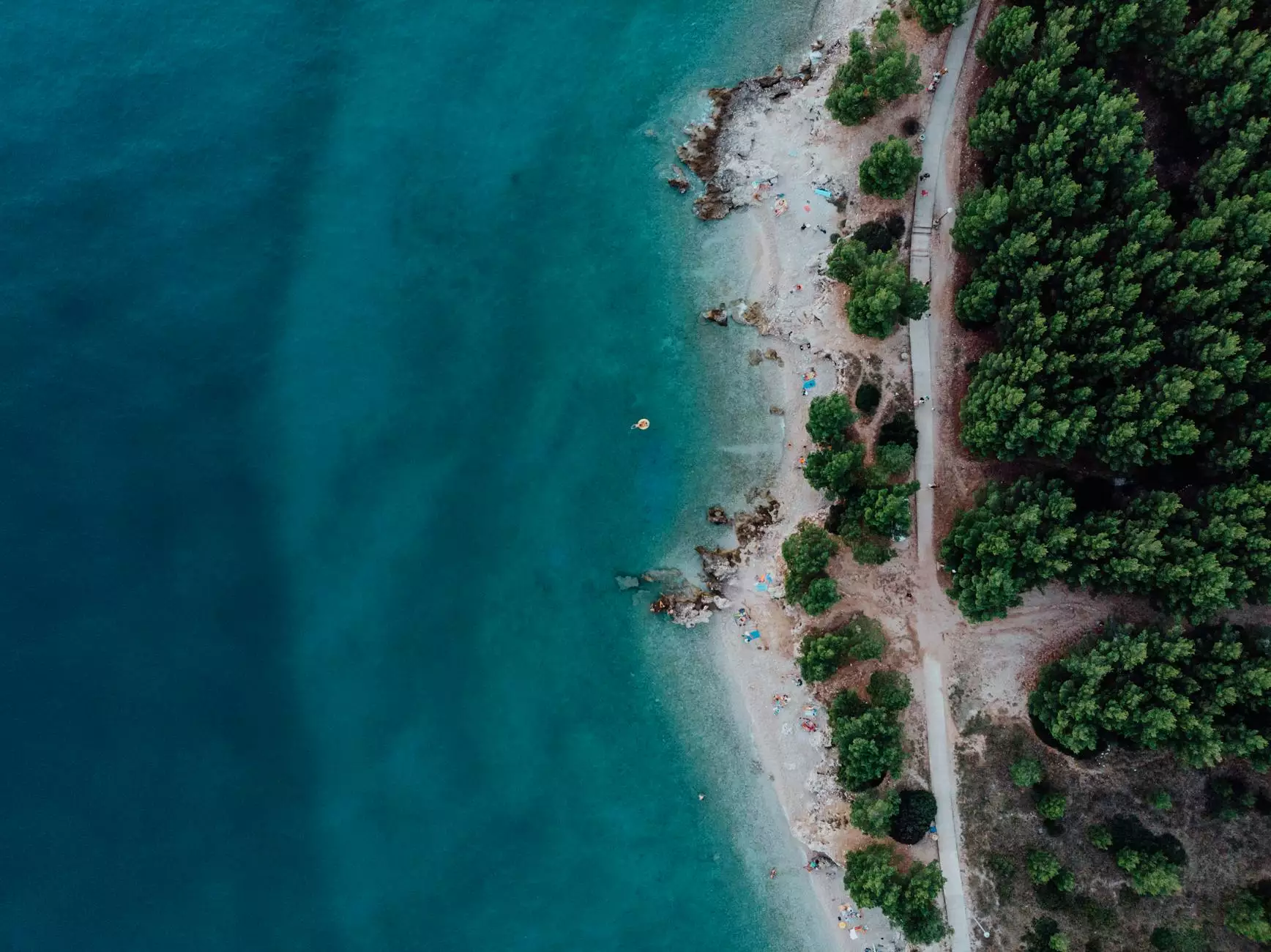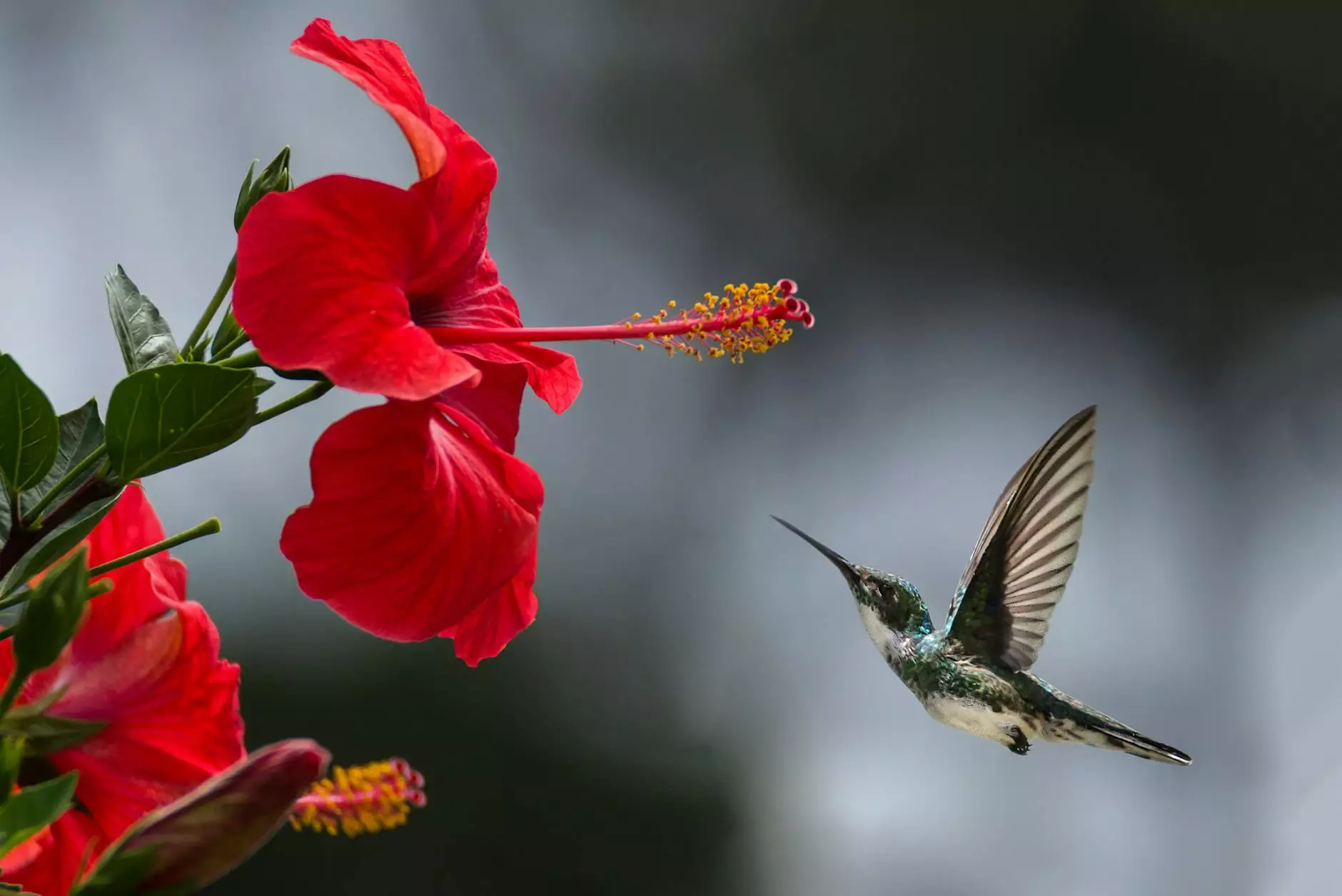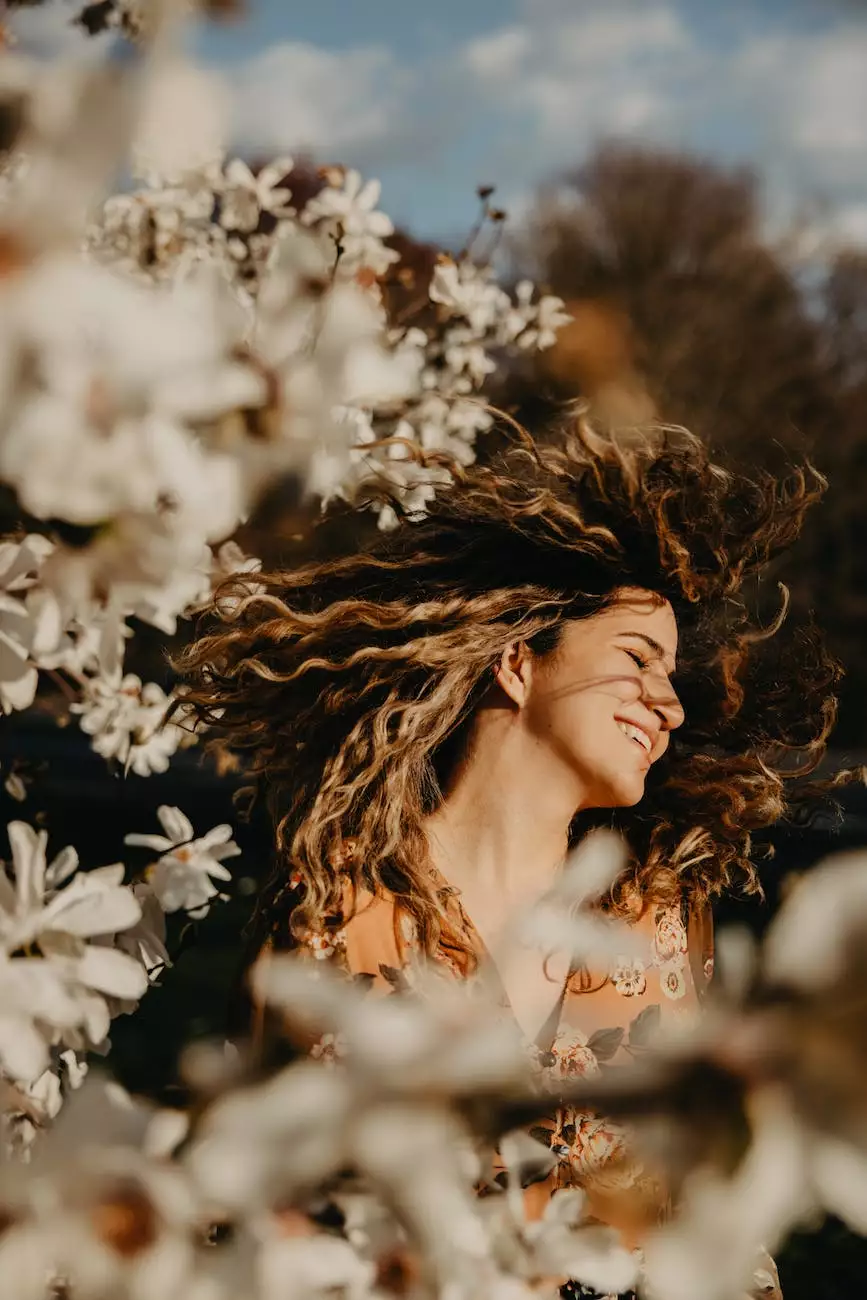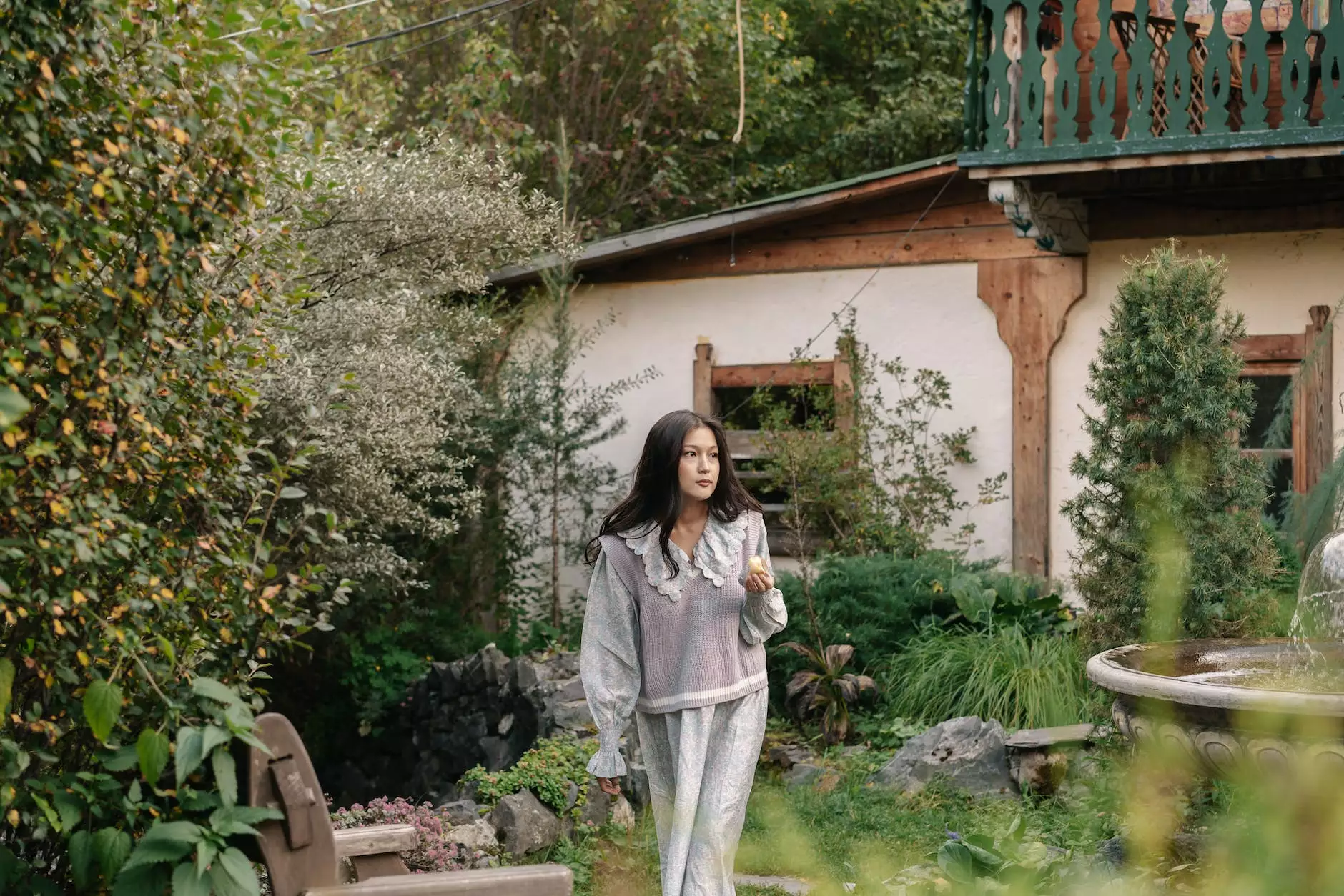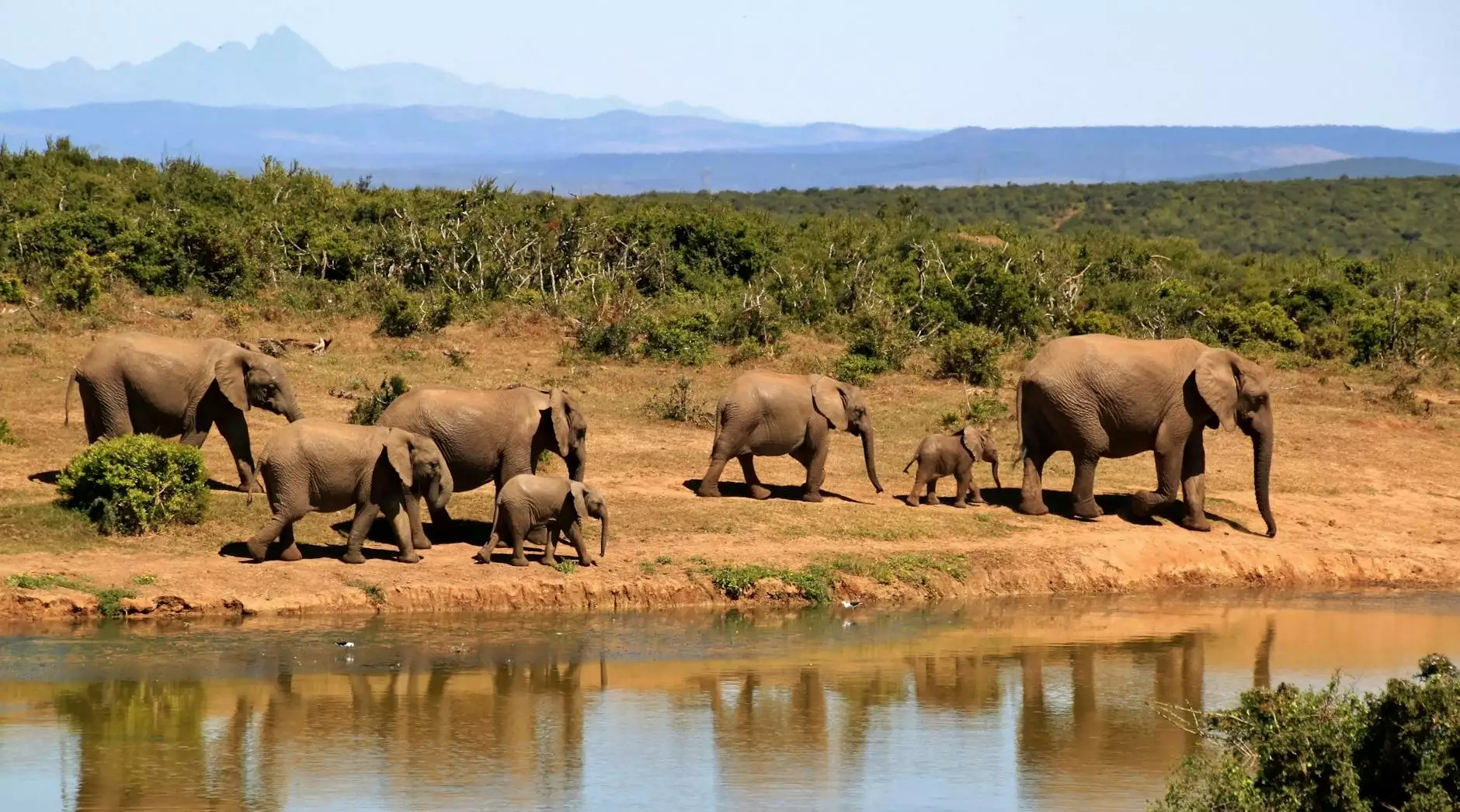Hummingbird Plants – Tagged Salvia (Sage)
Attractions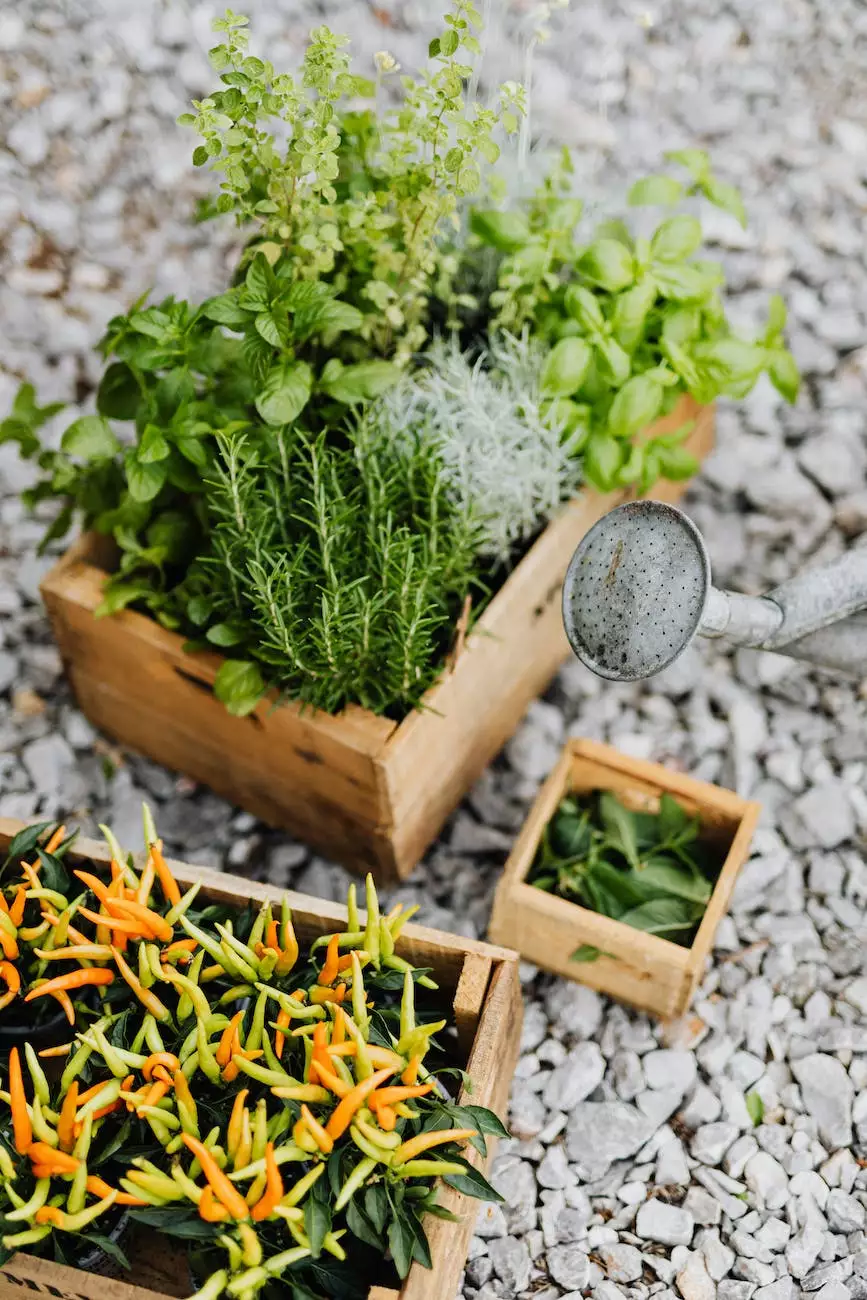
Introduction
Welcome to Pollen Bank, your go-to destination for all your hummingbird-friendly plants and products!
Why Choose Salvia (Sage) for Hummingbirds?
Salvia, commonly known as sage, is a beautiful flowering plant that belongs to the mint family. It is highly favored by hummingbirds due to its tubular-shaped blossoms, rich nectar, and vibrant colors. By planting salvia in your garden, you can create a haven for these delightful and fascinating birds. Hummingbirds are attracted to the bright hues of salvia flowers, especially shades of red, pink, and purple.
Salvia plants offer a dual advantage as they not only add beauty to your outdoor space but also act as natural nectar sources for hummingbirds, supporting their health and energy requirements. The unique shape of salvia flowers allows only hummingbirds to access the nectar, making them an ideal choice for attracting these tiny creatures.
The Benefits of Hummingbird Plants
Creating a hummingbird-friendly environment in your backyard not only brings joy and beauty but also plays a crucial role in ecological balance. Here are some key benefits of having hummingbird plants like salvia:
1. Natural Pollination
Hummingbirds are excellent pollinators and play a vital role in the life cycle of many plants. By attracting hummingbirds to your garden with salvia plants, you contribute to the natural pollination process, aiding in the reproduction of various plant species and supporting biodiversity.
2. Pest Control
Hummingbirds also help with pest control. While their primary food source is nectar, they also consume small insects like aphids, gnats, and mosquitoes. A hummingbird-friendly garden with salvia plants can help control these pests naturally, reducing the need for harmful chemical pesticides.
3. Educational Opportunity
Observing hummingbirds up-close in your garden can be an excellent educational opportunity, especially for children. It teaches them about the value of nature, biodiversity, and the interconnectedness of different species in our ecosystem. Watching hummingbirds darting around salvia flowers is a delightful experience that sparks curiosity and a love for nature.
Explore Our Collection of Hummingbird Plants Tagged with Salvia (Sage)
At Pollen Bank, we offer a wide range of salvia (sage) plants that have been carefully selected to attract hummingbirds. Our collection includes different species and varieties of salvia to cater to your specific preferences and gardening needs. Here are some popular options from our collection:
1. Salvia 'Hot Lips'
The Salvia 'Hot Lips' is known for its striking and unique bicolor flowers. The upper petals are white while the lower ones are vibrant red, creating an eye-catching contrast. This variety is highly attractive to hummingbirds and adds a touch of elegance to any garden.
2. Salvia 'Black and Blue'
If you're looking for a showstopper, the Salvia 'Black and Blue' is a fantastic choice. It features deep blue flowers with black bracts, creating a stunning visual effect. This salvia variety is a favorite of hummingbirds and adds a touch of drama to your garden.
3. Salvia 'Amistad'
The Salvia 'Amistad' is a robust and vigorous perennial salvia with rich purple flowers. It boasts an extended blooming period, ensuring a constant supply of nectar for hummingbirds throughout the season. This variety is perfect for adding a splash of color to your garden while providing a feast for visiting hummingbirds.
Tips for Planting and Caring for Salvia (Sage)
To ensure the success of your hummingbird-friendly garden, here are some tips for planting and caring for salvia:
1. Sunlight Requirements
Most salvia plants thrive in full sun, so it's important to choose a sunny location for planting. Adequate sunlight ensures better flower production and attracts more hummingbirds.
2. Well-Draining Soil
Salvia prefers well-draining soil to prevent waterlogging, which can lead to root rot. Ensure the soil is well-prepared with organic matter and has good drainage to support healthy plant growth.
3. Watering and Fertilizing
Water your salvia plants regularly but avoid overwatering, as this can be detrimental to their health. Apply a balanced organic fertilizer during the growing season to provide essential nutrients and promote robust flowering.
4. Pruning and Deadheading
Regular pruning and deadheading help maintain the shape and appearance of your salvia plants. Prune them after flowering and remove spent flower spikes to encourage new growth and prolong the blooming period.
5. Winter Care
For regions with cold winters, mulching around the base of your salvia plants can provide insulation and protect the roots from freezing temperatures. Mulch with a layer of organic material such as straw or wood chips before the first frost.
Start Attracting Hummingbirds with Salvia Plants Today!
Pollen Bank is your ultimate source for high-quality salvia (sage) plants that will transform your garden into a hummingbird paradise. Browse our wide collection of hummingbird plants tagged with salvia and choose the perfect ones to attract these enchanting birds to your yard. Planting salvia not only adds natural beauty but also contributes to the well-being of hummingbirds and the ecological balance of your surroundings. Take the first step in creating a hummingbird haven today - shop at Pollen Bank!
Sources:
- https://www.audubon.org/news/attracting-hummingbirds-flowering-salvias
- https://www.gardeningknowhow.com/ornamental/flowers/salvia/growing-salvia-plants.htm
- https://www.gardendesign.com/flowers/salvia.html


